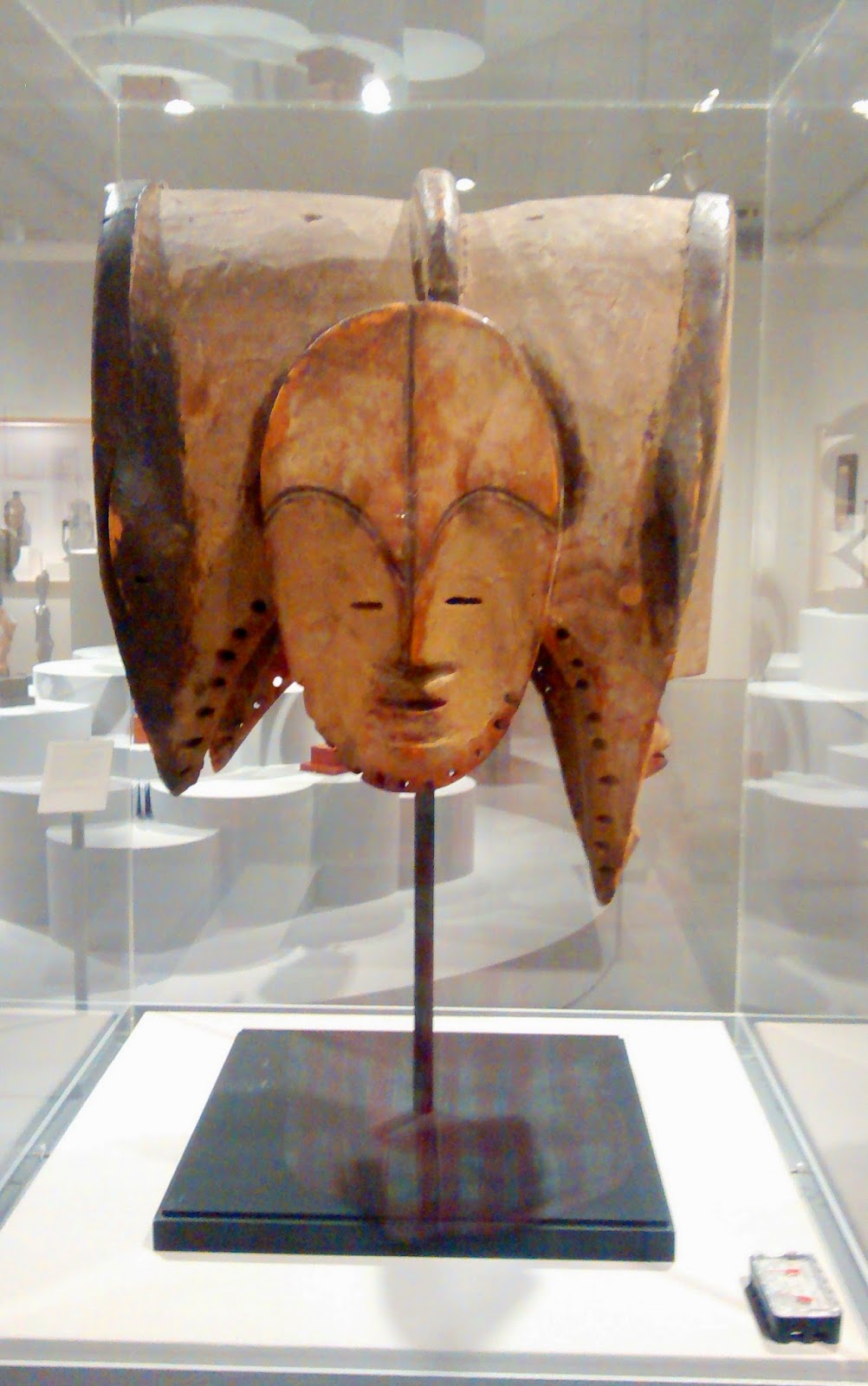Astronomical
2015 spring officially arrived on Friday, March 20, 2015 at 6:45 p.m. EDT, but
millions in the Northeast, US had to shovel the snow brought by winter “Storm
Ultima.”
Spring in NYC, March 20 and 21, 2015
While every season is different, the season's last accumulating snow typically falls from late February as far south as the Nation's Capital, to late March in southern New England, to April in Maine.
NYC, March 20, 2015
NYC, March 21, 2015
Short Definition to Have a Better Understanding of the Spring Season
- SPRING is one of the four seasons, following winter and preceding summer.
- Spring and "springtime" refer to the season, and also to ideas of rebirth, rejuvenation, renewal, resurrection and regrowth.
- The technical definitions of spring varies according to local climate, cultures and customs. When it is spring in the Northern Hemisphere, it will be autumn in the Southern Hemisphere.
- At the spring equinox days are approximately 12 hours long with day length increasing as the season progresses. Subtropical and tropical areas have climates better described in terms of other seasons, e.g. dry or wet, monsoonal or cyclonic. Often the cultures have locally defined names for seasons which have little equivalence to the terms originating in Europe.
- In terms of complete months, in most north temperate zone locations, spring months are March, April and May, although differences exist from country to country. (Summer is June, July, August; autumn is September, October, November; winter is December, January, February). Most south temperate zone locations have opposing seasons with spring in September, October and November.
- The beginning of spring is not always determined by fixed calendar dates. The phenological or ecological definition of spring relates to biological indicators; the blossoming of a range of plant species, and the activities of animals, or the special smell of soil that has reached the temperature for micro flora to flourish. It therefore varies according to the climate and according to the specific weather of a particular year. Most ecologists divide the year into six seasons that have no fixed dates. In addition to spring, ecological reckoning identifies an earlier separate prevernal (early or pre-spring) season between the hibernal (winter) and vernal (spring) seasons. This is a time when only the hardiest flowers like the crocus are in bloom, sometimes while there is still some snow cover on the ground.
- During spring, the axis of the Earth is increasing its tilt relative to the Sun, and the length of daylight rapidly increases for the relevant hemisphere. The hemisphere begins to warm significantly causing new plant growth to "spring forth," giving the season its name. Snow, if a normal part of winter, begins to melt, and streams swell with runoff. Frosts, if a normal part of winter, become less severe. In climates that have no snow and rare frosts, the air and ground temperatures increase more rapidly. Many flowering plants bloom this time of year, in a long succession sometimes beginning when snow is still on the ground, continuing into early summer. In normally snowless areas "spring" may begin as early as February (Northern Hemisphere) heralded by the blooming of deciduous magnolias, cherries and quince, or August (Southern Hemisphere) in the same way. Many temperate areas have a dry spring, and wet autumn (fall), which brings about flowering in this season more consistent with the need for water as well as warmth. Subarctic areas may not experience "spring" at all until May or even June.























































